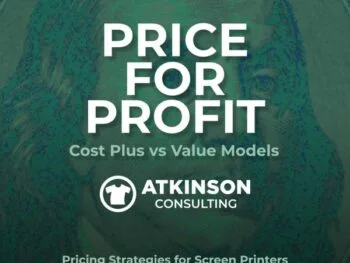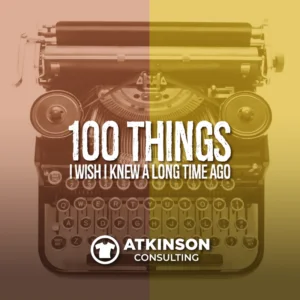Getting started with any new initiative is always difficult. It’s easy to “talk” about something, much harder to actually “implement” the idea. This holds true with pushing your company into a more sustainable direction. You can’t swing a dead cat without bumping into another article, blog, TV news show, or talking head giving us facts about how someone, somewhere is saving the planet and millions of dollars by adopting a greener way of doing business.
But for the average small business that seems like a pie in the sky pipedream. They are working hard just to find new customers, get orders shipped and meet payroll. Let’s not even start the discussion on healthcare. So how can “green” compete for attention with all of that?
First, it starts with a simple conversation. What can you do, and why do you want to do it? Is it because it’s the right thing to do? Is it because your customers are starting to ask about it or demand more from their supply chain? Is it because you want to create bigger margins by lowering your operating expenses? What is driving this bus? Get a few like-minded folks with your company together with some coffee and sit down and detail your needs and objectives. Get to the “Why”.
Maybe it isn’t time to write an official policy yet, but once you have the why listed, you can start with the what. “What” as in what you can do about it. Every company is different, but a lot of the low hanging fruit for sustainability initiatives all center on a few things: energy reduction, recycling, reducing landfill, reducing the carbon footprint, continuous improvement and efficiency, and reusing materials in some way. What interests you and makes sense for your company?
The third leg on the sustainability stool is “How”. How is more difficult as it involves work. You are already busy. Adding more to your plate can be a non-starter for some. This is where developing some SMART goals can help. As you may know already, SMART is an acronym for Specific, Measureable, Achievable, Realistic, and Timely. To get started with your “How”, develop your SMART goals with your team. Don’t write this yourself, use your workforce to develop the plan as they will be the ones that will assist you in implementing it.
For example, let’s use the number one sustainability goal for most companies, energy reduction. Writing a SMART goal centered on this topic could look like this:
Specific – we want to reduce our overall energy spend by 20% for the year. Last year we spent a total of $50,000 on our electricity, natural gas, propane, and water consumption. 20% of $50,000 would be a $10,000 a year savings. To achieve our goal, we would need an average reduction of $833.33 a month.
Measureable – By listing the goal of the combined utilities of $833.33 a month, you can easily get that on a spreadsheet and as the bills come in, determine if you are meeting your goal or not. Be sure to also look up previous years spend on these consumables and get that down on the spreadsheet to use as a comparison.
Achievable – Is this goal achievable? You don’t want to set your goal too low – say for our example at 1% reduction. Nor can you go too high – for example 80%. Make your goal something that is lofty, but a target that you can hit.
Realistic – Similar to achievable, but more grounded. For our scenario, maybe energy reduction isn’t a good choice as you don’t own your building or have little control on how you can change energy consumption. A realistic goal is something that you have direct control over.
Timely – Also listed sometimes as Time Driven. Your goal is specifically for one time period. In our example, it’s a one year based goal. As time goes by, you’ll see the results of the effort you are putting into your goal. Is it working or not? What can you change to make it better?
To close, building a sustainability program takes good communication, effort and drive. It is easy to get sidetracked, discouraged and confused. If it was as easy as checking the mail, everyone would do it. The payoff of getting your program built is huge, so it’s worth the struggle. There are plenty of resources, help, information and assistance out there for you.
Not sure where to start and need some help? Contact me at matkinson4804@gmail.com and I’ll be happy to assist you with your efforts.





1 comment
customsgcs1
nice articles Mr. Atkinson.. your article very helpfull
S.M.A.R.T.. very impressive article
T Shirt Printing